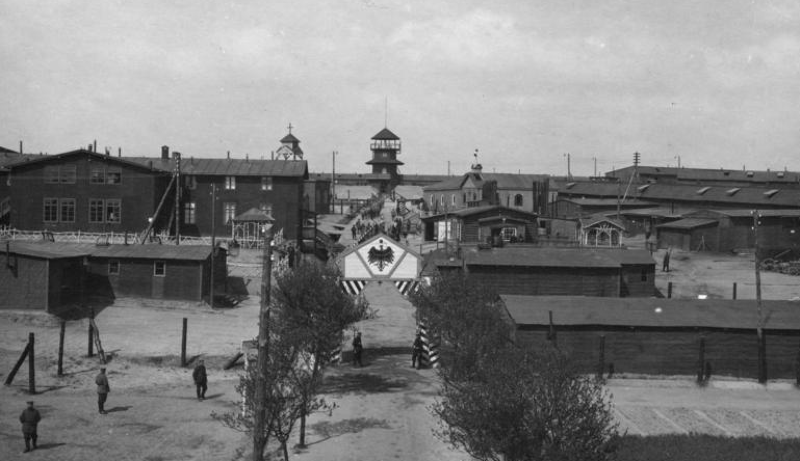Battle of Jutland
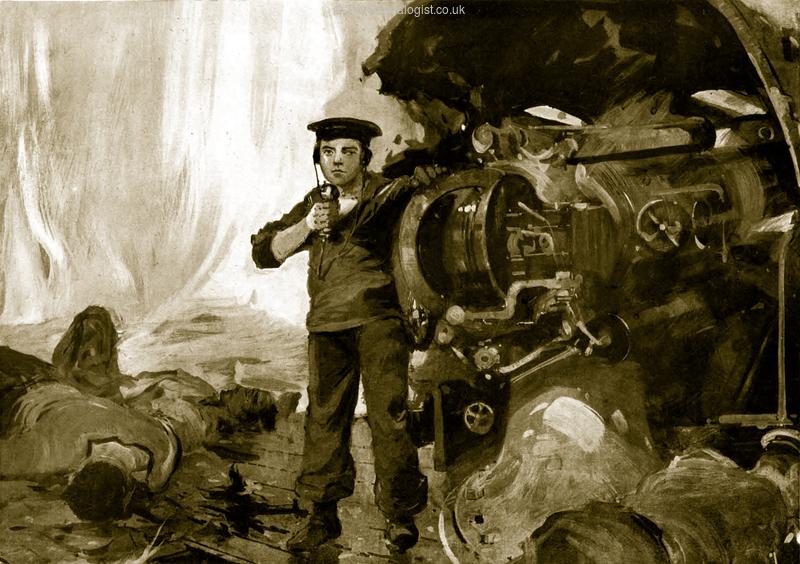


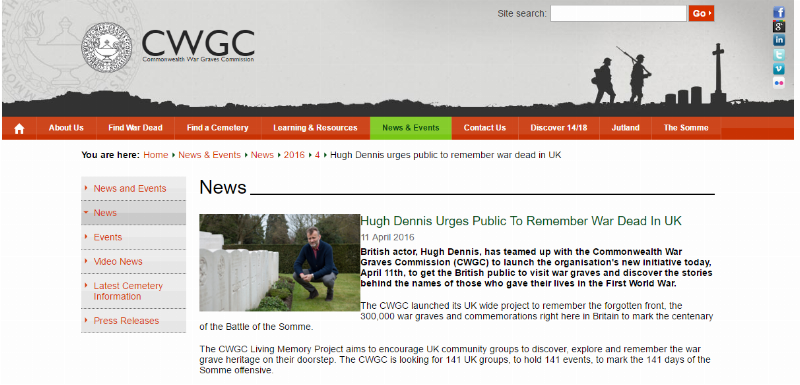
Leading British Genealogy Website, TheGenealogist, has added over 150,000 World War II Prisoner of War records to its already significant military records collection. These new records detail Officers and other ranks from the British Army, Royal Navy, RAF and those members of the British Empire land forces that were held as Prisoners of War in Germany and German Occupied territories.
This release will allow researchers to discover servicemen held by the Germans between 1939-1945 and includes many of the brave escapees whose stories of breaking out and dashing to freedom have captured the imagination for decades.
These records allow us to:
Research POWs who served in Armies and other land forces of Britain and the Empire 1939-45 along with the Naval and Air Forces of Great Britain and the Empire 1939-1945
Find names and details of men who were captured and incarcerated in German POW camps in Europe
Check the details such as names, service numbers, and regiments of ancestors that were German POWs
Search for daring escapees from within the camp lists
Research where your military ancestors were held, revealing their camp number and location
Discover the ranks, POW numbers, Service numbers and Regiments of those held
Covering the Nazi German camps in Europe, these lists are taken from official alphabetical nominal registers and reveal names and other particulars of:
94,608 British POWs in Germany, including Officers and other ranks
39,805 POWs from Empire Land Forces
19,250 Naval & Air Force POWs from Britain & its Empire
Joining an already comprehensive range of military records on TheGenealogist that span from 1661 to the 1940s, these lists are a useful addition for researchers. TheGenealogist’s military collections already include Army, Navy and Air Force Lists, Dambuster records, First World War POWs, plus many other records.
Examining some of the names of WWII Prisoners of War released online at TheGenealogist.co.uk allows us to uncover the brave and determined Allied servicemen who made escape attempts from the Nazi German PoW Camps. One brave serviceman, although hampered by being a double amputee from an air accident from before the war, still did his duty to try and escape.
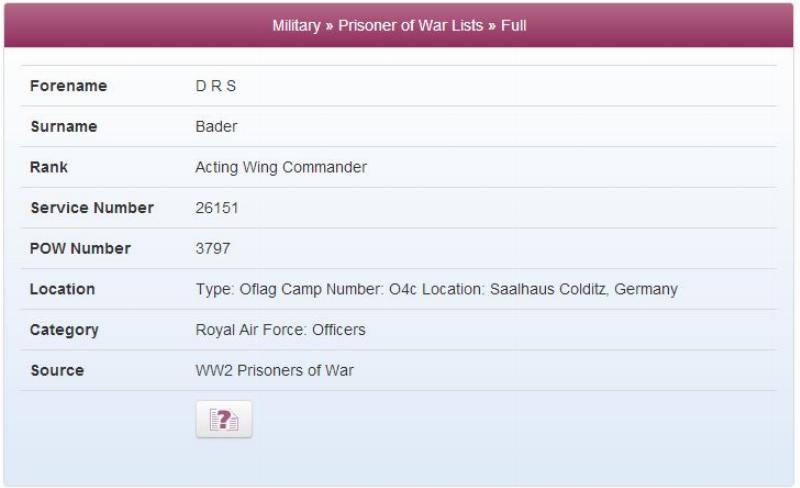
Bader didn't appreciate being a prisoner of war and made a number of escape attempts. Because he was considered likely to break out again by his captors, he was eventually sent to the infamous Colditz Castle - as we can see from the record on TheGenealogist, it shows he was incarcerated in Camp No: O4C which relates to Oflag 4C Saalhaus Colditz. It was here that Douglas Bader remained for the rest of the war until April 1945 when the camp was eventually liberated by the United States Army.
His name can be seen on the Battle of Britain War Memorial on the Victoria Embankment. A record, plus an image of this memorial, can be found on TheGenealogist amongst other military records that also include mentions of Douglas Bader in the various Air Lists.
The addition of the World War II Prisoner of War records to TheGenealogist gives family historians a fascinating insight into this period of recent history and allows them to add more depth to their research.

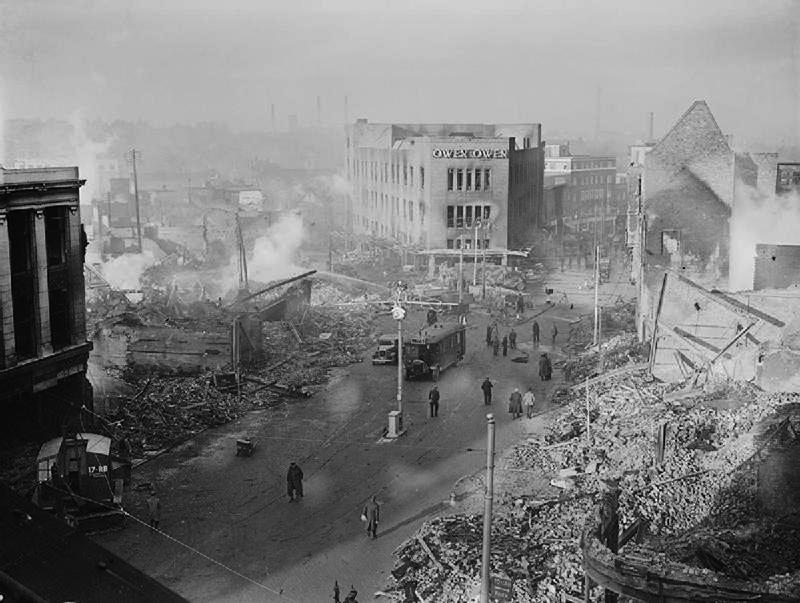
During the First World War many servicemen were reported as ‘Missing’ or ‘Killed in Action’ and for the first time you can now search a comprehensive list of these online. Usefully this includes the changing status of soldiers as the facts became clearer over time, as many assumed dead were found alive and those reported missing had their status updated.
This new release from TheGenealogist contains over 800,000 records. Included are 575,000 Killed in Action records, over 226,000 unique Missing-in-Action records and 14,000 Status Updates.
Over 100,000 people previously reported as missing had further status updates:
59,500 were later reported as killed
47,400 were later reported as PoW
2,000 were later reported as rejoined
4,200 were later reported as “not missing”
8,400 were later reported as wounded
Mark Bayley, Head of Online Content at TheGenealogist comments:
“The telegrams and published lists of Dead and Missing must have had a huge impact on the lives of our ancestors. These records give an insight into what must have been an emotional roller coaster. They also give new avenues of research into what some researchers may have assumed were dead ends.”
These records are now available to Diamond subscribers of TheGenealogist.
Example 1 Thought to be dead
Some people initially reported to be dead may turn out to be alive; the change in status is usually reported in the War Lists. If it had been assumed that an ancestor was dead, from the initial report, it could reopen a closed off branch of a family tree for further research.
An example of this type of positive record status change is Flight Sub Lieutenant Trechmann who was first reported as “Died As A Prisoner” in the Daily Lists of 6th June 1917.
By the end of July 1917 his status changed to Previously Reported Died As A Prisoner, Now Reported Alive and Still a Prisoner.
Finally, in December 1918, his records show that he was Repatriated.

Example 2 Thought to be wounded
A different illustration, on many levels, is that of the 5th Earl of Longford. Within the Daily Casualty List on TheGenealogist for the 6th September 1915, we can find Lord Longford who had previously been reported as “Wounded”.
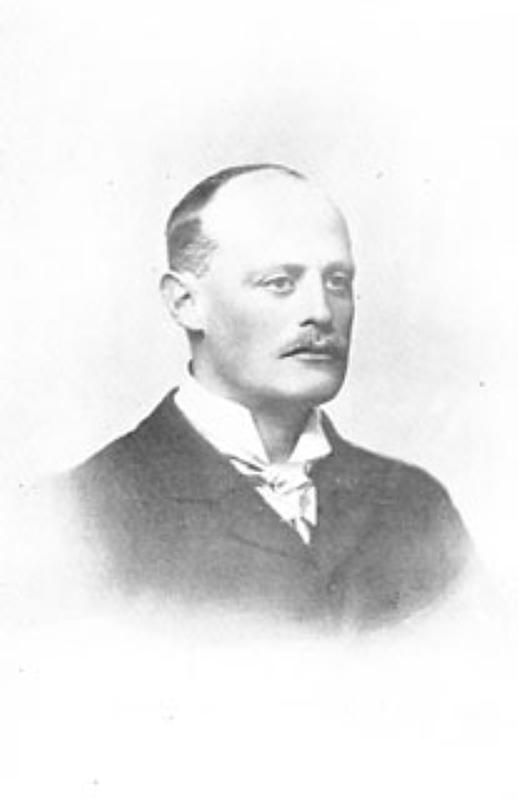
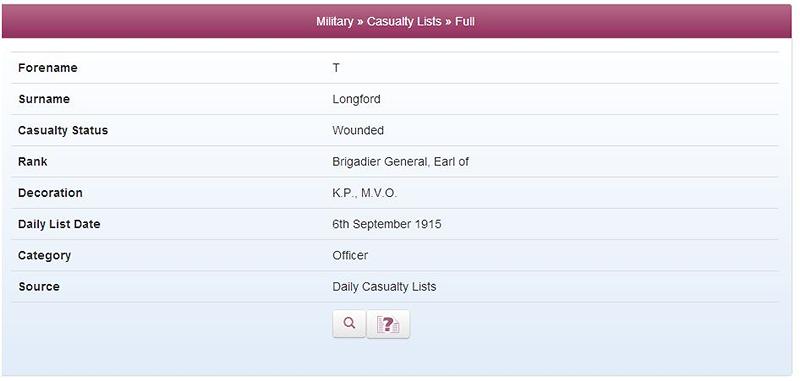
During the First World War, Brigadier-General Lord Longford was in command of a division sent from their base in Egypt to Suvla on the Gallipoli peninsula as reinforcements during the Battle of Sari Bair.
The initial attack by other Divisions on Scimitar Hill had failed. With his men waiting in reserve, the 5th Earl and his troops were then ordered to advance in the open across a dry salt lake. Under fire, most of the brigades had taken shelter, but Lord Longford led his men in a charge to capture the summit of Scimitar Hill. Unfortunately, during the advance, he was killed.
Earl Longford's body was never recovered and so, in the confusion of war, he was first recorded as “Wounded”, and then “Wounded and Missing”. Eventually, in 1916, he would be assumed to be dead.
Posterity tells us that the peer’s last words were recorded as: “Don’t bother ducking, the men don’t like it and it doesn’t do any good”.
To read more about these records and to read a featured article on TheGenalogist here.
The Military Medal was awarded to ‘Non Commissioned Officers and Other Ranks’ for showing exceptional courage in battle. It was also awarded for those that risked their lives trying to save others, often in extreme danger. The Medal Records on TheGenealogist show people from a wide range of backgrounds and social classes, including a number of young women from very privileged families who chose to drive ambulances and rescue the wounded in the mud of battle.
The role of ‘stretcher bearer’ was one of the most dangerous jobs of the time and the records show many women bridged social constraints of the time to risk life and limb to help rescue and bring in soldiers wounded in battle.
If you'd like to find out more, TheGenealogist has full details of the new medal record release including some fascinating case studies on the brave recipients of the Military Medal.
Find out more at TheGenealogist Military Medal Collection.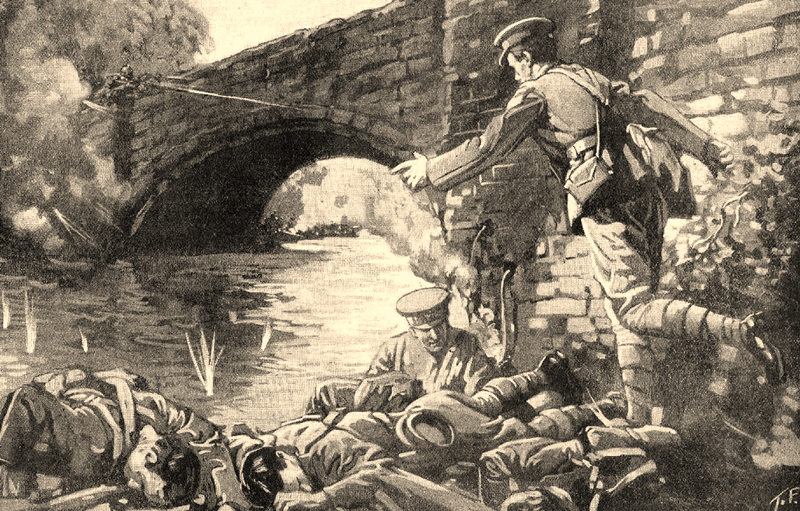
Recent developments at TheGenealogist have seen the release of over 650,000 individuals who died in the First World War. Details include name, rank, regiment, place of birth, place of residence, place of enlistment, service number and the cause, date and place of death. These records are uniquely linked to the Commonwealth War Graves Commission to show you where your ancestor is commemorated.
Soldiers Who Died in the Great War has been added to the huge military collection on TheGenealogist, encompassing many unique record sets from Casualty Lists and War Memorials, to Rolls of Honour and much more.
Further details are available from TheGenealogist website.
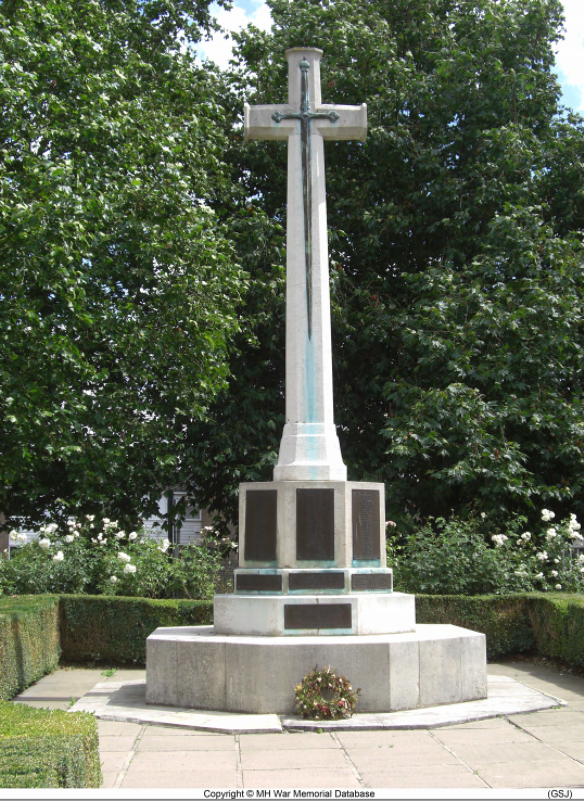

From Senior Officers captured, to the NCOs and Privates in the Infantry, the records are all found in the exclusive ‘Prisoner of War’ collection on TheGenealogist. You can search all ranks for the first time on any family history website, giving access to the many soldiers, sailors and airmen captured and held behind enemy lines.
The records are fully searchable and provide the main details including, forename, surname, rank, regiment and the date the information was received. Records are found quickly and easily using the specific ‘Prisoner of War’ interface on TheGenealogist.
Mark Bayley, Head of Online Content at TheGenealogist comments: “The new Prisoner of War records we’ve published are a great new unique resource for all family historians. If our ancestors were either officers or in the lower ranks, there’s now more chance than ever to discover their details including when they were taken prisoner and when they were released. Sadly many men never returned and our records will hopefully show the brave men who endured the terrible hardships of the Prisoner of War camps will not be forgotten and can now easily be traced by their descendants.”
More details can be found here on TheGenealogist.
